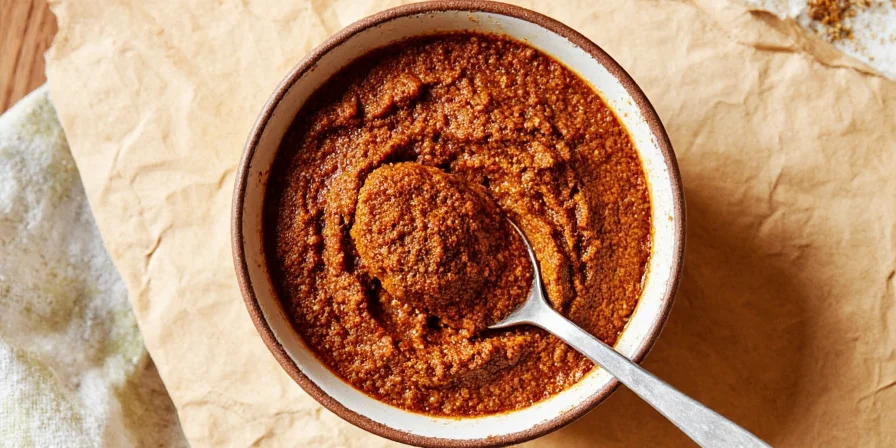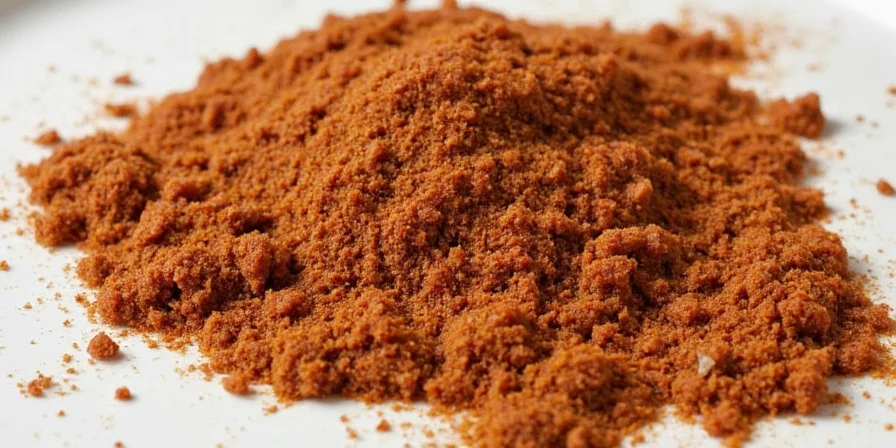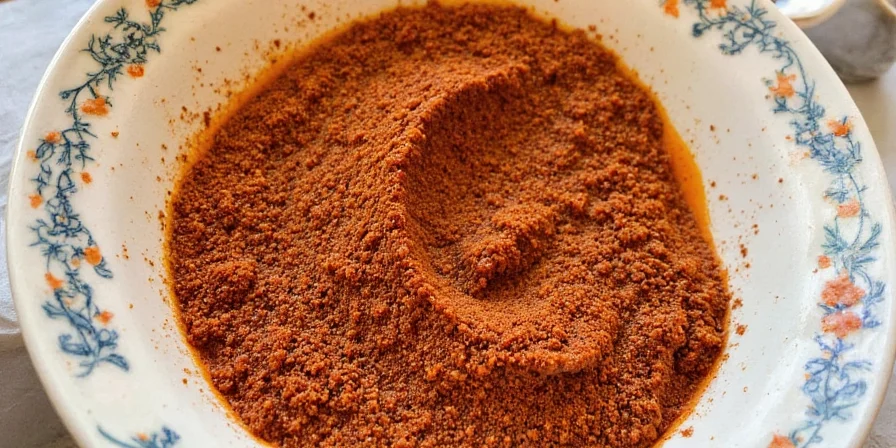What Is Chermoula? A Flavorful Dive into North Africa’s Secret Weapon
If you've ever tasted a dish and thought, 'This must be what sunshine tastes like,' chances are it was kissed by chermoula. But wait... what is chermoula, exactly? Is it a spice? A sauce? A spell cast by culinary wizards in Morocco and beyond?
Well, buckle up, because we're diving deep into this vibrant paste that's been spicing up North African cuisine for centuries. Spoiler alert: It’s all of the above—and then some.
Table of Contents
- What Is Chermoula Anyway?
- The Usual Suspects: What Goes Into Chermoula?
- How to Use Chermoula Like a Pro
- DIY Chermoula: Make It at Home (Yes, You Can!)
- Regional Twists & Personal Touches
- Is Chermoula Healthy? Oh, Absolutely.
- Final Thoughts: Why You Need Chermoula in Your Life
What Is Chermoula Anyway?
Chermoula (also spelled charmoula or charmoule) is a traditional North African marinade and condiment used primarily in Moroccan, Algerian, and Tunisian cuisines. Think of it as the Swiss Army knife of flavor—it can be used on fish, vegetables, meat, and even grains.
At its heart, chermoula is a bold, herbaceous paste made from a mix of fresh herbs, spices, garlic, lemon juice, and olive oil. It’s got that perfect balance of tangy, earthy, spicy, and aromatic notes that just make everything taste better. And unlike some spice blends that feel intimidating, chermoula is totally approachable—even beginner cooks can whip it up in minutes.
The Usual Suspects: What Goes Into Chermoula?
The beauty of chermoula lies in its versatility. While there’s no one “official” recipe, most versions include the following ingredients:
- Fresh cilantro
- Fresh parsley
- Ginger (freshly grated)
- Cumin
- Paprika
- Turmeric (for color and earthiness)
- Garlic cloves
- Lemon juice
- Olive oil
- Salt and pepper
- Optional additions: chili flakes, saffron, or preserved lemon
| Ingredient | Role in Chermoula |
|---|---|
| Cilantro & Parsley | Freshness and vibrancy |
| Cumin | Earthy warmth |
| Paprika | Color and mild heat |
| Turmeric | Bright color and subtle bitterness |
| Ginger | Zingy spice and depth |
| Garlic | Umami-rich punch |
| Lemon Juice | Acidic brightness |
| Olive Oil | Base and richness |
How to Use Chermoula Like a Pro
So you’ve made your first batch of chermoula—now what? Here’s where the fun begins! Below are some of our favorite ways to use this magical paste:

1. Marinate Fish
This is probably the most classic use of chermoula. Smother white fish like cod, halibut, or snapper in chermoula, let it sit for 20–30 minutes, then grill, pan-sear, or bake. Serve with couscous and roasted veggies for an instant Mediterranean feast.
2. Spread on Sandwiches
Forget mayo—slather some chermoula on your next turkey wrap or veggie sandwich. It adds a herby, zesty kick that will instantly upgrade your lunch game.
3. Drizzle Over Roasted Vegetables
Roast eggplant, cauliflower, or zucchini, then drizzle with chermoula after baking. The contrast between the caramelized veggies and the bright sauce is nothing short of magical.
4. Toss With Grains
Add a dollop to cooked quinoa, farro, or bulgur for a quick, flavorful side dish. Mix in some toasted nuts or dried fruit for crunch and sweetness.
5. Stir Into Stews or Soups
A spoonful of chermoula stirred into a lentil soup or chickpea stew can transform it from basic to brilliant. The fresh herbs cut through heavier flavors beautifully.
DIY Chermoula: Make It at Home (Yes, You Can!)
Here’s a simple version of chermoula that takes less than 10 minutes to make:
Ingredients
- 1 bunch cilantro, leaves and stems
- 1 bunch parsley, leaves and stems
- 2 cloves garlic
- 1 tbsp grated ginger
- 1 tsp ground cumin
- 1 tsp paprika
- ½ tsp turmeric
- Juice of 1 lemon
- ¼ cup olive oil
- Salt and pepper to taste
Instructions
- Toss all ingredients into a blender or food processor.
- Pulse until you reach a chunky or smooth paste—your choice!
- Taste and adjust seasoning.
- Use immediately or store in the fridge for up to a week (if it lasts that long).

Regional Twists & Personal Touches
Because chermoula isn’t bound by strict rules, every region—and even every home—has its own variation. Here are a few interesting twists:
- Moroccan Style: Often includes preserved lemon and sometimes saffron.
- Tunisian Style: Might pack more heat with harissa or chili paste.
- Algerian Style: May incorporate more root spices like cinnamon or allspice.
- Vegan Version: Swap out fish for grilled tofu or eggplant and add nutritional yeast for umami.
Is Chermoula Healthy? Oh, Absolutely.
Let’s talk about why chermoula isn’t just tasty—it’s also a nutritional powerhouse:
- Herb-Rich: Cilantro and parsley are packed with antioxidants and help detoxify the body.
- Anti-Inflammatory Spices: Cumin, turmeric, and ginger have powerful anti-inflammatory properties.
- Healthy Fats: Olive oil provides monounsaturated fats that support heart health.
- Low Calorie: Most homemade versions clock in under 50 calories per serving.
- Digestive Aid: Ginger and lemon both aid digestion and soothe the stomach.
Final Thoughts: Why You Need Chermoula in Your Life
So, to recap: what is chermoula? It’s a vibrant, flexible, deeply flavorful spice paste that brings a North African twist to any dish. Whether you’re grilling seafood, jazzing up your morning eggs, or making your grain bowl more exciting, chermoula has got your back.
And the best part? It’s easy to make, endlessly customizable, and wildly nutritious. So go ahead—get creative with those herbs and spices. Don’t be surprised if your dinner guests start asking if you secretly trained under a Moroccan chef in Marrakech.
Chermoula might not be a household name yet—but with this guide in your arsenal, it soon will be.

In Summary: Chermoula At-a-Glance
- Definition: North African herb and spice paste
- Key Uses: Marinades, sauces, dips, dressings
- Flavor Profile: Fresh, earthy, citrusy, mildly spicy
- Main Ingredients: Herbs, garlic, lemon, spices, oil
- Health Benefits: Anti-inflammatory, antioxidant-rich, low calorie
- Difficulty Level: Beginner-friendly










 浙公网安备
33010002000092号
浙公网安备
33010002000092号 浙B2-20120091-4
浙B2-20120091-4